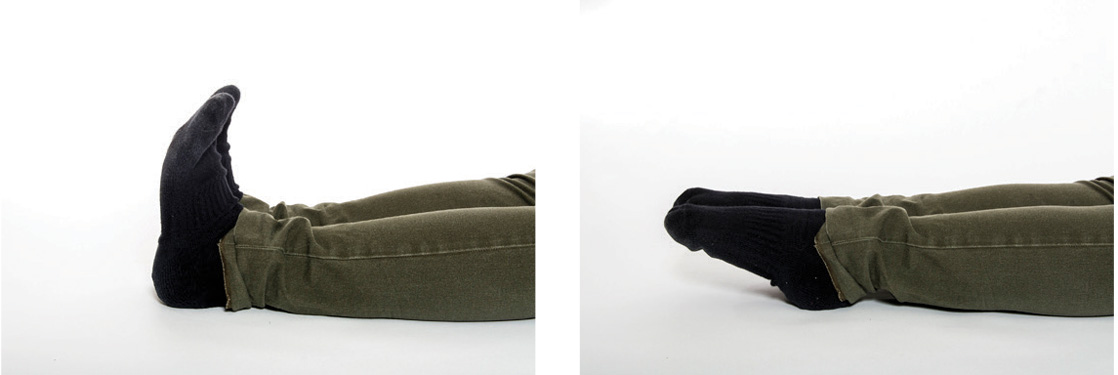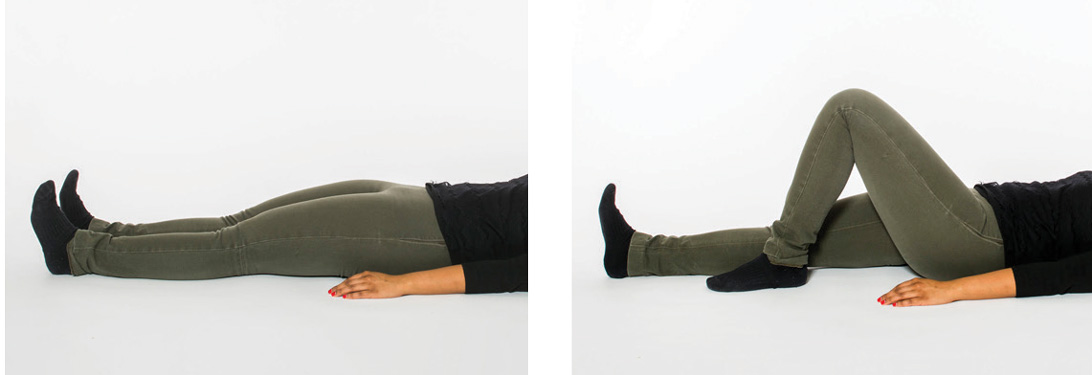Post-operative exercises
It is important to exercise after surgery to prevent dangerous complications. You are more likely to have a speedy recovery if you are active during your hospital stay.
Lung exercises
Your lung tissues are made up of many air sacs called alveoli that fill with air. After surgery, your breathing may be shallow due to pain or difficulty moving, which means that the alveoli will not expand fully. Phlegm and mucous can then build up in the lungs, causing the alveoli to deflate or fill with fluid. This can lead to full or partial lung collapse, called atelectasis.
Breathing deeply will:
- Move the air down to the bottom of the lungs
- Open up the air passages and move the mucous out; coughing will help as well.
- Boost circulation and improve the blood and oxygen supply to your lungs
- Lower the risk of lung complications such as infection, atelectasis, and pneumonia
These exercises should be done every hour until you start walking. Ask for pain medication if you feel too sore to do your coughing exercises.
Deep breathing
- Get yourself in a comfortable position. You can try lying on your back with your knees bent, lying on your side, or sitting upright.
- Place your hands on your belly, and take a deep breath in through your nose. Keep breathing in until your lungs feel full and your belly pushes slightly against your hands.
- Purse your lips and slowly blow the air out in one long, controlled breath. Keep blowing air out until your stomach sinks in.
- Repeat for five breathing cycles.
Be sure to cough if you feel mucous in the back of your throat or hear a rattle sound while breathing.
Coughing
- Get yourself in a comfortable position.
- With your hands on your stomach, take a deep breath in through your nose. Keep inhaling until your lungs feel full and your belly pushes slightly outwards.
- Hold the breath for 3 seconds.
- Huff out 3 times. A huff is a short, sharp breath out. You can pretend you are trying to fog up a glass window.
- On the third huff, cough deeply. Be sure to cough from the lungs and not from the throat.
- Repeat for five coughing cycles.
Aspiration prevention
Aspiration occurs when food, drink, or saliva gets into the lungs.
» Learn more about aspiration prevention
Leg exercises
After surgery and anesthesia, your circulation will be slightly reduced. Standing, walking and doing leg exercises will help to prevent potentially life-threatening complications., like phlebitis (inflammation of the vein) or deep vein thrombosis (blood clots in your veins).
Leg exercises will help to improve your circulation. Each time a muscle is made to work, the blood supply to the area is increased. Leg exercises should be done five to 10 times every hour during the first 24 to 48 hours after your surgery.
Toe pointing (ankle pumping)

- Lie flat on your back with both legs out straight.
- Point the toes of both your feet towards the foot of the bed. You will feel a stretch along the tops of your legs and feet, and tightness in your calves.
- Hold for three seconds, then relax your toes.
- Flex your feet, pointing the toes back towards your chin. You will feel a stretch and tightness in your calves.
- Hold for three seconds, then relax your toes.
Leg bending

- Lie flat on your back.
- Bend one leg, sliding your heel along the mattress until your knee is fully bent. You should feel your calf touch the back of your thigh. Keep your other leg flat on the bed.
- Straighten the bent leg by sliding your heel out along the mattress.
- Repeat the same exercise with the other leg.
Toe circles
- Lie flat on your back with both legs out straight and both heels on the bed
- Roll your feet in a circle, first clockwise (to the right) and then counterclockwise (to the left).





